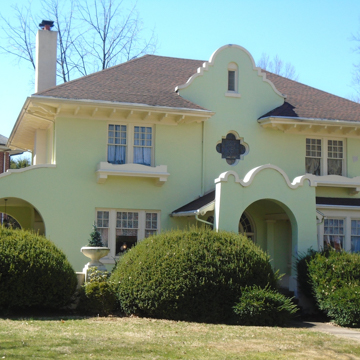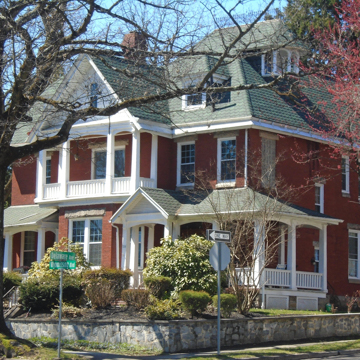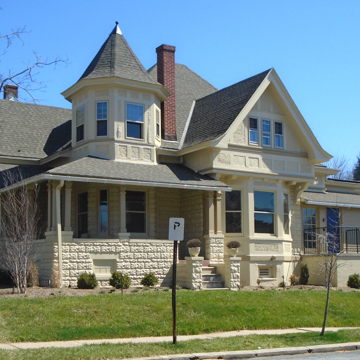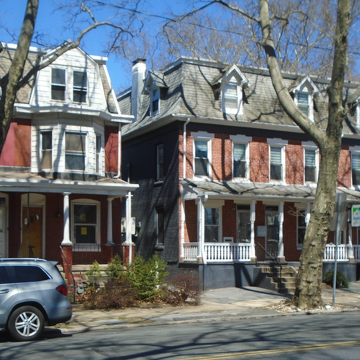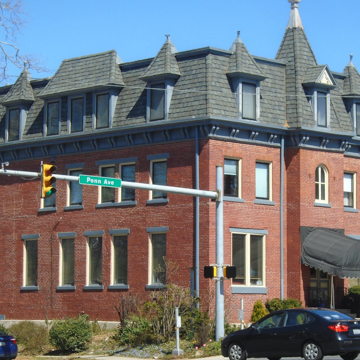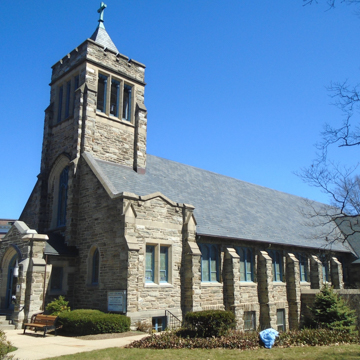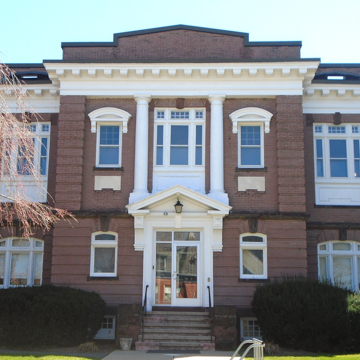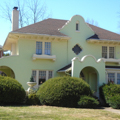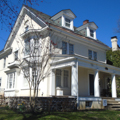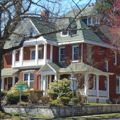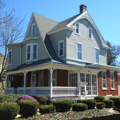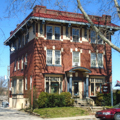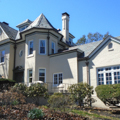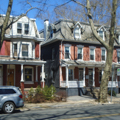Industrial Reading's acceptance of the automobile was accommodated by Thomas Merritt when he planned a development on one of the ridges across the Schuylkill from Reading. His first scheme was organized by William Dechant and provided textile mills and workers’ housing. This was soon enlarged by German planner Hegemann and Harvard-trained Peets, fresh from the success of their plan for Washington Highlands outside of Milwaukee. They were commissioned by Merritt to extend development toward the natural feature of the Wyomissing Creek valley upwind of the industrial city on the hilltops of West Reading. Their scheme, like Henry Houston's in
You are here
Wyomissing
1917, Werner Hegemann and Elbert Peets, planners. Penn Ave. and Wyomissing Blvd., West Reading
If SAH Archipedia has been useful to you, please consider supporting it.
SAH Archipedia tells the story of the United States through its buildings, landscapes, and cities. This freely available resource empowers the public with authoritative knowledge that deepens their understanding and appreciation of the built environment. But the Society of Architectural Historians, which created SAH Archipedia with University of Virginia Press, needs your support to maintain the high-caliber research, writing, photography, cartography, editing, design, and programming that make SAH Archipedia a trusted online resource available to all who value the history of place, heritage tourism, and learning.














